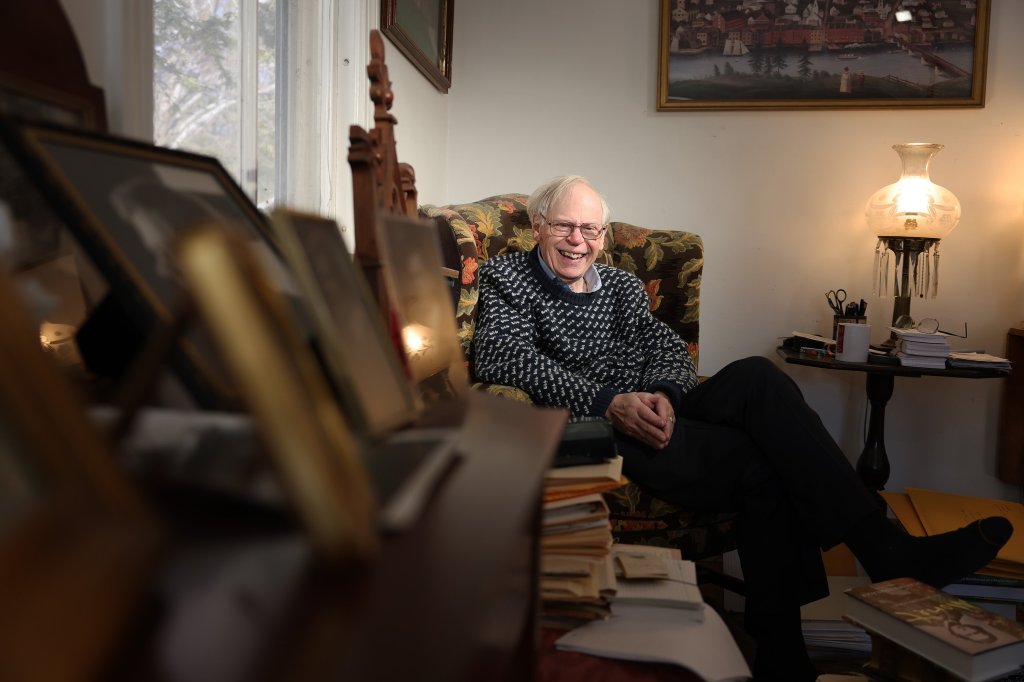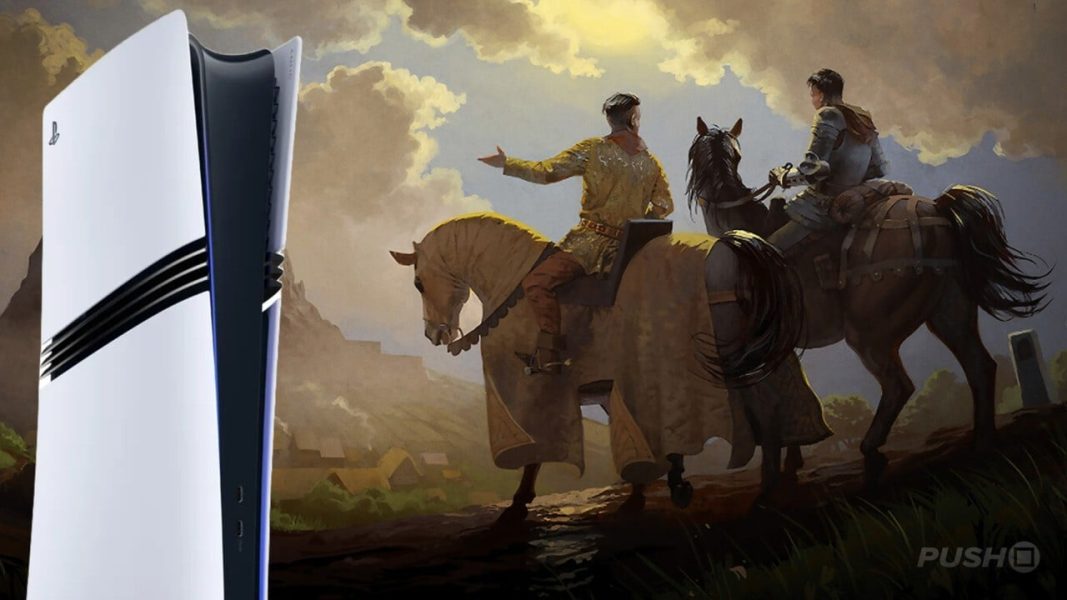What unearthing odd discoveries tells us about Portland’s past – Press Herald

Sign in or Subscribe
See Offers
Account Subscription: ACTIVEQuestions about your account? Our customer service team can be reached at circulation@metln.org during business hours at (207) 791-6000.Police get up to 12 calls a year from people who think they’ve discovered human remains, only to find out later their digs are part of the city’s rich history that once included cattle grazing.You are able to gift 5 more articles this month.Anyone can access the link you share with no account required. Learn more.With a Press Herald subscription, you can gift 5 articles each month.It looks like you do not have any active subscriptions. To get one, go to the subscriptions page.With a Press Herald subscription, you can gift 5 articles each month.Albert Knudsen, uncle of Maine State Historian Earle G. Shettleworth Jr., prepares to deliver milk and eggs with a pony cart in Portland in this c. 1910 photo. Photo courtesy Earle G. Shettleworth Jr. Between the walls and underneath Portland’s iconic, historical properties, residents are making discoveries that offer a clearer glimpse of life in the past — the days when people relied on milk deliveries and local butcher shops instead of supermarkets, and horses and carriages instead of cars.Sometimes, the things people unearth can be alarming.Portland police Lt. Nicholas Goodman said the department receives between six to a dozen calls per year from people who tear up the ground and find a scraggly bone or two peeking out.A company installing solar panels found skeletal remains that were later identified as deer. Photo courtesy Taylor Slemmer/Office of Chief Medical Examiner Thinking they may have uncovered a crime scene, they call the police. But once the evidence technicians inspect the curvature, size and shape of the bones, it’s obvious they aren’t human.It’s more likely to be a cow femur, Goodman said. Or a chicken hip. Or a goat leg.It’s now “old hat” for Portland officers to respond to these calls, Goodman said. If they’re not human bones, the police can wrap up their investigation in less than an hour, he said. Officers photograph the evidence and send it off to the Office of Chief Medical Examiner for confirmation. The property owners may later learn their building used to be a home to livestock.
AdvertisementOne 2023 call to 10 Cotton Street, the site of the former Thistle and Grouse gastropub, stemmed from renovators finding several bones scattered underneath the concrete. Goodman said most of the bones belonged to cows or goats.In 1924, the property housed stables belonging to 67-year-old Frederick Odell Conant, according to tax records archived by the Maine Historical Society’s Maine Memory Network. Financial papers at the University of Maine’s Raymond H. Fogler Library show that in 1894, Conant took over his family’s longstanding wholesale grocery business.People are still uncovering remnants of this era. A city once bustling with horses and carriages over the bumpy Belgian block streets. A city that rose from the ashes after the Great Fire of 1866.Even as early as 1909, people in Portland were digging up relics from decades prior, said local historian Herb Adams.An October 1909 story published in the Portland Evening Express details the discovery of an underground passage at a gravel pit on Munjoy Hill, near the historic J.J. Nissen bakery on Washington Avenue. Several bones were found inside the stone cellar, but it was unclear at first what they were.“Worthy of a page out of Edgar Allen Poe,” Adams said in an email. “Makes you wonder what’s waiting out in your garden under the petunia.”AdvertisementMaine State Historian Earle G. Shettleworth Jr. at his Hallowell home. Ben McCanna/Portland Press Herald Around the 19th and early 20th century, an array of farm animals were kept on the peninsula amid Portland’s vibrant city life, said Earle G. Shettleworth Jr., Maine’s sixth state historian.Horses were vital for transportation, so people kept stables next to their homes. Some people also had cows for milk as well as chickens and ducks. The practice of keeping animals, especially horses, extended across all classes, he said.In the mid- to late 1800s, Shettleworth said it was common for people to bring cows to pasture in the East End. In the West End, the area near Deering, High and Mellen streets used to be a large lot called “Deering’s Pasture” before it was subdivided around Civil War times.Shettleworth’s own grandparents, who came to Maine as immigrants from rural western Denmark, owned a small house on Hammond Street between Washington Avenue and Marginal Way from the 1890s to the early 1900s, he said. Their 13 children helped care for their flock of ducks and chickens, as well as their family cow and pony. They lived modestly by selling their surplus eggs to neighbors and delivering milk in the pony cart, he said.Marie Knudsen, grandmother of Maine State Historian Earle G. Shettleworth Jr., gathers ducks on Marginal Way in Portland in this c. 1910 photo. Photo courtesy Earle G. Shettleworth Jr. This lifestyle came to an end when commercial dairies and supermarkets rose up in the 1930s and 1940s, Shettleworth said.“Produce became so much more easily and readily available to people that they no longer felt the need to care for animals on their property to a large degree,” he said.AdvertisementThe house at 56 Hammond Street was torn down just a few years ago to build a small condominium, Shettleworth said.Over the past three years, the state’s medical examiner’s office has received more than 30 notifications of bone discoveries statewide each year, according to the office’s spokesperson, Lindsey Chasteen.A fused tibia and fibula belonging to a seal were found by people walking on Crescent Beach. Photo courtesy Taylor Slemmer/Office of Chief Medical Examiner Police send in pictures of the entire bone with some sort of scale, like a ruler, coin or other standard-sized object, so the team’s forensic pathologists, death investigators and a forensic anthropologist from the University of Maine can determine whether it’s human or not.“The interest and knowledge I have for osteology has been really helpful for me in the work that I do,” medicolegal death investigator Taylor Slemmer said. “Identifying fracture patterns, bullet trajectories, bones have a lot to say.”If she determines that the bones aren’t human, Slemmer said she would notify law enforcement right away. If time permits, she said she takes a few minutes to figure out what it might be, because she appreciates the time law enforcement and the citizen took to report the finding.Slemmer said people in Maine find animal bones all year round, especially during hunting season or when people are doing renovations to historic homes. More populated areas, like Portland, or areas with current and older cemeteries may see more reports, she said.AdvertisementMost of what they find are deer and cow bones but there are a few unique skeletal remains like bear claws (which can look like human hands) and bones from aquatic mammals, like seals (which are short and twisty).Old bones will have more fractures and stains from being buried for a long time, she said, some bones may have teeth marks indicating they were gnawed on by rodents or carnivores, or may have a clean slice from being butchered.Slemmer said the end of the bone, where the animal’s joint would be, is crucial to determining what it belonged to. Knowing how each animal moves can help identify the species. Grazers, like deer and cows, have long bones, for example.The distal femur of a deer discovered by a company installing solar panels. The ends of the bones are distinct and can make swift work of identifying the species. Photo courtesy Taylor Slemmer/Office of Chief Medical Examiner When people send in bones that turn out to be human, Slemmer said it often piques her interest about that town.“That is a bonus of doing what I do,” Slemmer said. “I certainly like to look at bones, but I also love to learn about the history of Maine towns.”Rick Romano remembers growing up in Portland about 50 years ago, when he’d spend hours riding bikes with his brother on Munjoy Hill just to point out the unique architecture. His initials are still carved in the Portland Observatory, the same tower he eventually helped restore in 2014.AdvertisementHe’s now a builder who specializes in historic properties. He said he’s found a few “trophies” while working on some of John Calvin Stevens’ classic houses, as well as other historic homes outside of Portland — often old bottles of medicine and alcohol, newspapers being used as insulation, and even a long dagger tucked in a wall.Albert Knudsen, uncle of Maine State Historian Earle G. Shettleworth Jr., with a cow on Hammond Street in Portland in this c. 1910 photo. Photo courtesy Earle G. Shettleworth Jr. When restoring a house in Windham Center in the 1980s, Romano peeled back the layers of a living room wall to find a secret stairway from the cellar to the first floor, which he said may have been part of a “safe house” for enslaved people escaping through the Underground Railroad.In 1982, he restored what’s considered to be the oldest house in Durham, a Greek Revival believed to be constructed in 1770 for O. Israel Bagley.Romano’s team found a “trove” of old lumber, chests and logs in the attic detailing Captain Bagley’s voyages. They also found animal footprints inside the summer kitchen’s brick beehive oven — they were probably laid out in the yard to dry when they were first made.But the oddest discovery was tucked inside a room behind the fireplace. Romano squeezed himself in to find various antique jars, one of which was labeled “gallstones” with the date they were removed, sometime in the 18th century.“I was kind of grossed out,” Romano said. But he and his team laughed, told the owners and put them back in the secret room. He leaves most of his discoveries where he finds them because he believes it belongs to the new owners, and to the home.“That’s how it should be, so its history can be preserved and the next person can discover it,” Romano said.We invite you to add your comments. We encourage a thoughtful exchange of ideas and information on this website. By joining the conversation, you are agreeing to our commenting policy and terms of use. More information is found on our FAQs. You can modify your screen name here.Comments are managed by our staff during regular business hours Monday through Friday as well as limited hours on Saturday and Sunday. Comments held for moderation outside of those hours may take longer to approve.Please sign into your Press Herald account to participate in conversations below. If you do not have an account, you can register or subscribe. Questions? Please see our FAQs.Your commenting screen name has been updated.Send questions/comments to the editors.
« Previous
Next »






